Home>Garden Essentials>What Fertilizer To Use For A Fall Lawn Care
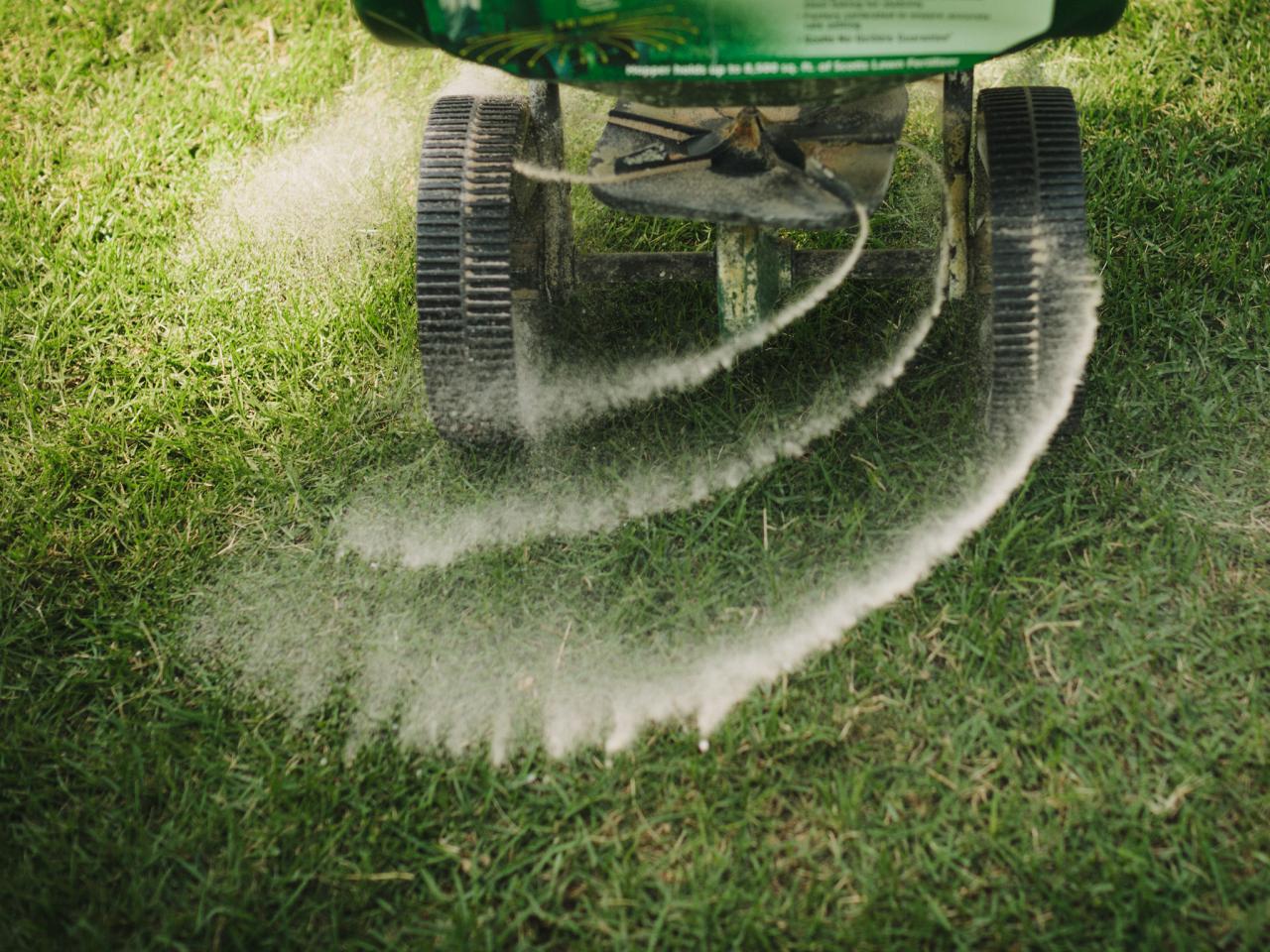

Garden Essentials
What Fertilizer To Use For A Fall Lawn Care
Modified: March 7, 2024
Discover the best fertilizer to use for fall lawn care in your garden and achieve a lush, healthy lawn. Expert tips and recommendations for optimal garden maintenance.
(Many of the links in this article redirect to a specific reviewed product. Your purchase of these products through affiliate links helps to generate commission for Storables.com, at no extra cost. Learn more)
Introduction
Welcome to the world of fall lawn care! As the leaves start to change color and the air becomes crisper, it’s essential to give your lawn the care it deserves before winter arrives. Fall is a crucial time to prepare your lawn for the cold months ahead and set the stage for a healthy and vibrant lawn come spring.
Lawn care in the fall is different from other seasons as it focuses on strengthening the grass’s roots and storing nutrients for the winter months. It’s a time to nourish and prepare your lawn for the harsh conditions it will face during the dormant period. One of the key components of fall lawn care is choosing the right fertilizer to provide the necessary nutrients your lawn needs.
Fertilization plays a vital role in maintaining a beautiful and resilient lawn. It replenishes essential nutrients that may have been depleted during the summer and ensures that your lawn has the energy to survive the winter and bounce back in the spring.
However, with so many different types of fertilizers available on the market, choosing the right one for fall lawn care can be overwhelming. In this article, we will guide you through the process of selecting the right fertilizer and provide recommendations for different types of fertilizers that are suitable for fall lawn care.
Whether you’re a seasoned gardener or a beginner, understanding the significance of fall lawn care and proper fertilization techniques will help you achieve a lush and healthy lawn that will be the envy of your neighbors. So, let’s dive into the world of fall lawn care and explore the different types of fertilizer options available to help you achieve your lawn goals.
Key Takeaways:
- Choosing the right fertilizer for fall lawn care is crucial for promoting healthy root growth, vibrant green color, and winter hardiness. Consider slow-release options and follow soil test recommendations.
- Avoid common mistakes in fall lawn care fertilization, such as over-fertilization and applying too late. Proper application and considering soil pH are essential for a thriving lawn.
Read also: 8 Amazing Fall Lawn Fertilizer for 2024
Importance of Fall Lawn Care
Fall lawn care is not just about tidying up your yard and preparing it for winter; it is a crucial step in maintaining the overall health and beauty of your lawn. While the cooler temperatures and occasional rain showers of autumn may make your lawn appear less demanding, it is, in fact, a critical time to invest in its care.
Here are some key reasons why fall lawn care is so important:
- Prepares your lawn for winter: The transition from summer to winter can be challenging for your lawn. Implementing proper fall lawn care practices provides your grass with the nutrients it needs to withstand the harsh winter conditions. It helps strengthen the roots and improve the overall resilience of your lawn.
- Promotes healthy root development: Fall is the optimal time to focus on the roots of your grass. By nourishing the roots with essential nutrients and promoting their growth, you set the foundation for a healthier and more robust lawn in the following seasons.
- Mitigates weed and pest problems: Taking care of your lawn in the fall helps prevent the growth of weeds and the spread of pests. Applying fertilizer and appropriate treatments will keep your lawn strong and better equipped to resist invasive species.
- Prevents soil erosion: During the fall and winter months, heavy rainfall and snowmelt can cause soil erosion if your lawn is not adequately cared for. By maintaining a healthy lawn through fall fertilization, you provide a protective barrier that helps to prevent soil erosion and keeps your yard intact.
- Promotes a quicker recovery in spring: The work you put into your lawn in the fall pays off in the spring. By providing the necessary nutrients and care before winter, your grass will have a head start in spring and quickly rebound from dormancy, resulting in a lush and vibrant lawn.
By recognizing the importance of fall lawn care, you can ensure that your lawn remains healthy, beautiful, and resilient throughout the year. It is a proactive approach that sets the stage for long-term success and minimizes potential problems that may arise in the future.
Understanding Fall Fertilization
Fall fertilization is a key component of fall lawn care that focuses on providing essential nutrients to your grass as it prepares for the upcoming dormant period. The goal of fall fertilization is to nourish the roots, strengthen the grass, and improve its overall health and resilience.
During the fall season, grass undergoes a shift in its growth patterns. While above-ground growth slows down, the roots continue to grow, helping the grass capture nutrients and store energy for the winter months. Fall fertilization capitalizes on this natural process and delivers the nutrients needed for robust root growth, disease resistance, and winter hardiness.
When choosing a fall fertilizer, it’s important to consider the nutrient requirements of your specific turfgrass species. Different grass types have varying needs, and using the right fertilizer will provide the optimal balance of nutrients for your lawn’s unique requirements. Most fall fertilizers have a higher concentration of phosphorus and potassium, which are essential for root development and winter hardiness.
In addition to the nutrient composition, it’s important to consider the release rate of the fertilizer. Slow-release or controlled-release fertilizers are highly recommended for fall application. These types of fertilizers release nutrients slowly over time, providing a consistent supply of nutrients to the grass throughout the fall season.
Applying fertilizer at the proper time is crucial for maximum effectiveness. As a general rule, fall fertilization should be done when the grass is actively growing and at least six to eight weeks before the first frost. This allows for better nutrient absorption and utilization by the grass. Applying fertilizer too late in the season may not provide the desired results and can even lead to nutrient leaching or runoff.
Another important aspect of fall fertilization is understanding the concept of soil pH. Soil pH affects nutrient availability to the grass. Most turfgrass species prefer a slightly acidic to neutral pH range (around 6.0 to 7.0). If your soil pH is too low or too high, it can hinder nutrient uptake. Conducting a soil pH test before applying fall fertilizer can help you determine if any adjustments are needed.
Understanding the basics of fall fertilization sets the foundation for a successful fall lawn care routine. By providing the right nutrients at the right time, you can ensure that your grass remains healthy, resilient, and primed for a quick recovery in the spring.
Different Types of Fertilizer for Fall Lawn Care
Choosing the right type of fertilizer for fall lawn care is essential to provide your grass with the necessary nutrients it needs to thrive. Let’s explore some common types of fertilizers and their benefits:
1. Nitrogen-based Fertilizers
Nitrogen is a fundamental nutrient for healthy grass growth. Nitrogen-based fertilizers are commonly used in fall lawn care to promote strong root development and vibrant green color. These fertilizers are available in various formulations, including quick-release and slow-release options. Quick-release nitrogen fertilizers provide an immediate nutrient boost, while slow-release ones release nutrients gradually over time, providing longer-lasting effects.
Recommended Nitrogen-based Fertilizer Brands: Scotts Turf Builder WinterGuard Fall Lawn Food, Milorganite Slow-Release Nitrogen Fertilizer
Read more: What Fertilizer To Use In Fall
2. Phosphorus-based Fertilizers
Phosphorus plays a critical role in root development, energy storage, and overall plant health. Phosphorus-based fertilizers are often applied in the fall to promote strong root growth and winter hardiness. These fertilizers are available in granular form and provide a slow-release of phosphorus over an extended period, ensuring continuous nutrient availability.
Recommended Phosphorus-based Fertilizer Brands: Pennington UltraGreen Winterizer Lawn Fertilizer, Espoma Organic Lawn Starter
3. Potassium-based Fertilizers
Potassium is essential for promoting disease resistance, improving drought tolerance, and enhancing overall plant vigor. Potassium-based fertilizers are beneficial in the fall as they help grass withstand the cold temperatures and stresses of winter. These fertilizers typically have high potassium content and are available in slow-release formulations, allowing for gradual nutrient release over time.
Recommended Potassium-based Fertilizer Brands: Jonathan Green Winter Survival Fall Fertilizer, Andersons Premium Fall Lawn Fertilizer
4. Organic Fertilizers
Organic fertilizers are a natural and eco-friendly option for fall lawn care. Derived from plant and animal sources, these fertilizers provide a slow-release of nutrients and help improve soil health over time. Organic fertilizers often contain a balanced blend of nitrogen, phosphorus, and potassium, along with other beneficial micronutrients.
Recommended Organic Fertilizer Brands: Dr. Earth Organic Super Natural Lawn Fertilizer, Jobe’s Organics All Purpose Fertilizer
When choosing a fertilizer for fall lawn care, always consider your specific grass type, nutrient requirements, and any deficiencies indicated by a soil test. It’s important to follow the manufacturer’s instructions for proper application and to avoid over-fertilization, which can be harmful to your lawn. A well-chosen fertilizer will provide the necessary nutrients to support a healthy, vibrant lawn throughout the fall and prepare it for the challenges of winter.
Nitrogen-based Fertilizers
Nitrogen is a primary nutrient that plays a crucial role in the growth and development of plants, including grass. Nitrogen-based fertilizers are popular options for fall lawn care due to their ability to promote healthy and vigorous green growth. Here are the benefits of using nitrogen-based fertilizers:
- Promotes vibrant green color: Nitrogen is essential for chlorophyll production, the pigment responsible for a lush, green lawn. Applying nitrogen-based fertilizers in the fall helps maintain or restore the vibrant green color of your grass, enhancing the overall appearance of your lawn.
- Enhances root development: Nitrogen stimulates the growth of roots, which is crucial for the long-term health and resilience of your lawn. Healthy roots allow for better nutrient uptake, water absorption, and overall plant vigor.
- Improves leaf and shoot growth: Nitrogen-based fertilizers encourage the growth of new leaves and shoots, leading to thicker and denser grass coverage. This helps to outcompete weeds and provide a more uniform and visually appealing lawn.
- Boosts recovery from environmental stress: Grass can face various stresses, such as heat, drought, and foot traffic. Nitrogen-based fertilizers provide the necessary nutrients to help your grass recover from these stresses and maintain its health and vitality.
When selecting nitrogen-based fertilizers for your fall lawn care, it’s essential to consider factors such as release rate and formulation. Slow-release nitrogen fertilizers are recommended for fall application as they provide a steady supply of nutrients to the grass over a more extended period. Here are some recommended nitrogen-based fertilizer brands:
- Scotts Turf Builder WinterGuard Fall Lawn Food: This slow-release fertilizer is specifically formulated for fall application. It provides a balanced blend of nutrients, including nitrogen, to promote root growth and winter hardiness.
- Milorganite Slow-Release Nitrogen Fertilizer: As an organic nitrogen source, Milorganite offers a slow-release fertilizer that is safe for both people and the environment. It enriches the soil with nutrients, including nitrogen, promoting healthy grass growth.
When applying nitrogen-based fertilizers, always follow the manufacturer’s instructions regarding the recommended rates, timing, and application techniques. Proper application ensures that your lawn receives the right amount of nitrogen without risking over-fertilization, which can lead to environmental issues and potential damage to the grass.
By choosing the appropriate nitrogen-based fertilizer and applying it correctly, you can enhance the color, health, and overall vitality of your lawn during the fall season.
Phosphorus-based Fertilizers
Phosphorus is a vital nutrient for promoting root development, energy storage, and overall plant health. Phosphorus-based fertilizers are commonly used in fall lawn care to ensure strong root growth and winter hardiness. Here are the benefits of using phosphorus-based fertilizers:
- Promotes robust root development: Phosphorus is essential for the growth and development of roots. By applying phosphorus-based fertilizers in the fall, you encourage the development of a strong and extensive root system. This helps the grass withstand winter stresses, improves nutrient absorption, and enhances the overall health of your lawn.
- Enhances winter hardiness: Phosphorus-based fertilizers help prepare your lawn for the cold winter months. By promoting root growth and strengthening the grass, these fertilizers increase the chances of your lawn surviving the winter and recovering quickly in the spring.
- Improves nutrient utilization: Phosphorus facilitates the efficient use of other nutrients by the grass. By ensuring an adequate supply of phosphorus, you optimize the uptake and utilization of other essential nutrients, leading to improved overall plant health.
- Aids in early spring growth: Applying phosphorus-based fertilizers in the fall not only benefits your lawn immediately but also provides a head start for the following spring. The stored energy in the roots from fall fertilization supports early spring growth and promotes a quicker recovery from winter dormancy.
When selecting phosphorus-based fertilizers for your fall lawn care, it’s important to consider their release rate, formulation, and nutrient ratios. Slow-release fertilizers are recommended for fall application as they provide a gradual release of nutrients, ensuring sustained availability throughout the fall and winter. Here are some recommended phosphorus-based fertilizer brands:
- Pennington UltraGreen Winterizer Lawn Fertilizer: This slow-release fertilizer is specifically formulated for fall application. It provides a balanced blend of nutrients, including phosphorus, to promote root development and winter hardiness.
- Espoma Organic Lawn Starter: As an organic option, the Espoma Organic Lawn Starter is enriched with beneficial microbes and organic materials. It contains phosphorus to support root growth and establishment.
Remember to follow the manufacturer’s instructions regarding the recommended rates, timing, and application techniques when using phosphorus-based fertilizers. Applying too much phosphorus can be detrimental to the environment, so it’s essential to use these fertilizers responsibly.
By incorporating phosphorus-based fertilizers into your fall lawn care routine, you give your grass the necessary boost to develop strong roots, improve winter hardiness, and set the stage for a vibrant and healthy lawn in the coming seasons.
Potassium-based Fertilizers
Potassium is a crucial nutrient that plays a vital role in the overall health and resilience of plants, including grass. Potassium-based fertilizers are beneficial in fall lawn care as they help grass withstand the cold temperatures and stresses of winter. Here are the benefits of using potassium-based fertilizers:
- Enhances winter hardiness: Potassium strengthens the cell walls of plants, making them more resistant to cold temperatures and winter stresses. By using potassium-based fertilizers in the fall, you give your grass added protection and increase its ability to survive the winter.
- Improves drought tolerance: Potassium helps plants retain water, making them better able to withstand drought conditions. By ensuring an adequate supply of potassium in the fall, you enhance the drought tolerance of your lawn, reducing the risk of damage during dry winter periods.
- Promotes disease resistance: Potassium is known to improve a plant’s immune system, making it more resistant to diseases and pathogens. By providing your grass with potassium in the fall, you strengthen its defenses and reduce the likelihood of winter diseases.
- Enhances overall plant vigor: Potassium plays a crucial role in many plant functions, including photosynthesis, nutrient absorption, and enzyme activation. By supplying potassium-based fertilizers, you promote overall plant vigor, leading to healthier, greener, and more robust grass.
When selecting potassium-based fertilizers for your fall lawn care, consider the release rate, formulation, and nutrient ratios. Slow-release fertilizers are recommended for fall application as they provide a steady supply of potassium over time. Here are some recommended potassium-based fertilizer brands:
- Jonathan Green Winter Survival Fall Fertilizer: This slow-release fertilizer is designed specifically for fall application. It provides a balanced blend of nutrients, including potassium, to support winter hardiness and overall lawn health.
- Andersons Premium Fall Lawn Fertilizer: This slow-release fertilizer is enriched with potassium and other essential nutrients. It helps fortify your grass against winter stress and promotes sustainability throughout the fall and winter months.
Always follow the manufacturer’s instructions on rates, timing, and application techniques when using potassium-based fertilizers. It’s crucial to avoid over-application, as excessive potassium levels can interfere with nutrient balance and potentially harm your lawn.
By incorporating potassium-based fertilizers into your fall lawn care routine, you give your grass the necessary support to withstand winter stresses, enhance disease resistance, and maintain overall strength and vigor.
Organic Fertilizers
Organic fertilizers are a natural and environmentally friendly option for fall lawn care. Derived from plant and animal sources, these fertilizers provide a slow-release of nutrients and promote long-term soil health. Here are the benefits of using organic fertilizers:
- Natural nutrient source: Organic fertilizers contain nutrients in their natural forms, providing a holistic approach to lawn nutrition. They are rich in essential elements such as nitrogen, phosphorus, and potassium, as well as trace minerals needed for optimal plant growth.
- Improves soil structure and fertility: Organic fertilizers enhance soil structure by improving its ability to hold water and nutrients. They also increase microbial activity and promote the growth of beneficial microorganisms in the soil, leading to improved soil health and fertility.
- Gradual nutrient release: Organic fertilizers release nutrients slowly over time, ensuring a consistent supply of nourishment to the grass. This gradual release helps prevent nutrient leaching and reduces the risk of fertilizer burn or nutrient imbalances.
- Environmental sustainability: Organic fertilizers are derived from natural materials and are free from synthetic chemicals. They minimize the risk of water pollution, protect beneficial insects and organisms, and contribute to a more sustainable and eco-friendly lawn care approach.
When choosing organic fertilizers for your fall lawn care, look for products that are specifically formulated for lawns and gardens. Here are some recommended organic fertilizer brands:
- Dr. Earth Organic Super Natural Lawn Fertilizer: This organic lawn fertilizer is a blend of natural ingredients that provide essential nutrients, including nitrogen, phosphorus, and potassium. It promotes root development, improves soil structure, and enhances overall lawn health.
- Jobe’s Organics All Purpose Fertilizer: As an all-purpose organic fertilizer, Jobe’s Organics provides a balanced blend of nutrients required for lawn growth. It contains beneficial microorganisms and organic material to promote nutrient absorption and soil health.
When applying organic fertilizers, it’s important to follow the manufacturer’s instructions on rates, timing, and application methods. While organic fertilizers are generally safe and forgiving, over-application can lead to excessive nutrient levels in the soil. Using organic fertilizers in conjunction with proper lawn care practices, such as regular mowing and adequate irrigation, will maximize their effectiveness.
By opting for organic fertilizers in your fall lawn care routine, you not only provide essential nutrients to your grass but also contribute to a healthier and more sustainable environment for your lawn and surrounding ecosystem.
Guidelines for Choosing the Right Fertilizer for Your Fall Lawn
Choosing the right fertilizer for your fall lawn care is crucial to ensure your grass receives the proper nutrients it needs. Here are some guidelines to help you make an informed decision:
Read more: How To Apply Fertilizer To Lawn
1. Understand your soil and grass:
Conduct a soil test to determine the nutrient levels and pH of your soil. This will give you valuable information about any deficiencies or imbalances that need to be addressed. Additionally, consider the type of grass you have and its specific nutrient requirements.
2. Consider nutrient ratios:
Look for a fertilizer that provides a balanced combination of nitrogen (N), phosphorus (P), and potassium (K). Different ratios of these nutrients are suitable for different stages of grass growth. For fall lawn care, a slightly higher ratio of phosphorus and potassium is often recommended to promote root development and winter hardiness.
3. Choose slow-release or controlled-release fertilizers:
Fall fertilization should focus on supplying nutrients gradually over time. Slow-release or controlled-release fertilizers provide a steady and consistent release of nutrients, ensuring the grass receives a sustained supply throughout the fall and winter months.
4. Consider your local climate and grass type:
Take into account the climate in your region and the specific needs of your grass type. Some grasses may require specific formulations or nutrient ratios to thrive in your local environment. Research the recommended fertilizers for your specific grass type and regional climate.
Read more: What To Do For Fall Lawn Care
5. Read product labels:
Always read the labels and product descriptions to understand the nutrient content, application rates, and any special instructions. This will help you determine if the fertilizer is suitable for your lawn and if it aligns with your desired lawn goals.
6. Follow application guidelines:
Follow the manufacturer’s recommended application rates, timing, and techniques. Applying too much fertilizer can have negative effects on your lawn and the environment. Over-application can lead to excessive nutrient runoff or leaching, which can harm water bodies and ecosystems.
7. Consider organic options:
If you prefer a more natural and eco-friendly approach, consider using organic fertilizers. Organic options provide slow-release nutrients and can improve soil health over time.
8. Incorporate other lawn care practices:
Remember that fertilization is just one aspect of fall lawn care. Proper mowing, watering, and maintenance practices are equally important for a healthy lawn. Ensure that you have a holistic approach to lawn care and follow recommended guidelines for optimal results.
By following these guidelines and tailoring your fertilizer choice to your specific lawn needs, you can provide the nutrients required for a healthy and vibrant lawn during the fall season.
Applying Fertilizer Correctly
Proper application of fertilizer is vital to ensure it effectively nourishes your lawn and doesn’t cause any harm. Here are some general application tips and special considerations to keep in mind for fall lawn care:
General Application Tips:
- Measure accurately: Follow the manufacturer’s recommended application rates and use a calibrated spreader to ensure accurate and even distribution of the fertilizer.
- Apply when the grass is dry: Apply fertilizer to a dry lawn to prevent clumping and ensure that the granules are evenly spread across the surface.
- Mow before application: For best results, mow your lawn a day or two before applying fertilizer. This will help the fertilizer reach the soil and grass roots more effectively.
- Water after application: After applying fertilizer, water your lawn lightly to help activate the granules and encourage nutrient absorption into the soil.
- Clean up excess fertilizer: Sweep or blow off any excess fertilizer that may have landed on hardscaped areas, driveways, or sidewalks to prevent it from washing into water bodies.
Special Considerations for Fall Lawn Care:
- Leave grass clippings on the lawn: During fall fertilization, consider leaving grass clippings on the lawn after mowing. They will decompose, returning additional nutrients to the soil and contributing to its overall health.
- Avoid fertilizing before heavy rainfall: Check the weather forecast before applying fertilizer. If heavy rainfall is expected, delay the application to prevent nutrient runoff and potential water contamination.
- Consider overseeding: Fall is an excellent time for overseeding thin or bare spots in your lawn. Consider combining fertilizer application with overseeding to promote grass growth and fill in patchy areas.
- Adjust fertilizer rates for recently seeded or sodded areas: If you recently seeded or sodded your lawn, follow the appropriate fertilizer rates recommended for newly established lawns. Look for specially formulated fertilizers for new lawns to provide the right blend of nutrients.
- Follow local regulations: Be aware of any local regulations or restrictions on fertilizer use in your area. Some regions have specific guidelines to protect water quality and the environment, so it’s essential to follow these guidelines.
By applying fertilizer correctly and considering the specific needs of your lawn during fall, you ensure that the nutrients are distributed effectively and your grass receives the necessary nourishment to thrive.
Common Mistakes to Avoid in Fall Lawn Care Fertilization
Fall lawn care fertilization is a critical step in preparing your lawn for the winter months. However, certain mistakes can hinder the effectiveness of the fertilizer and potentially harm your lawn. Here are some common mistakes to avoid in fall lawn care fertilization:
- Over-fertilization: Applying too much fertilizer can lead to excessive nutrient accumulation in the soil, which can cause nutrient imbalances and harm your lawn. Always follow the manufacturer’s recommended application rates to avoid over-fertilization.
- Under-fertilization: On the other hand, applying too little fertilizer may not provide adequate nutrients for your grass’s needs. Make sure to apply the recommended amount of fertilizer to ensure your lawn receives the necessary nourishment.
- Applying fertilizer too late in the season: Timing is crucial for fall lawn care fertilization. Apply the fertilizer at least six to eight weeks before the first frost to allow the grass to absorb and utilize the nutrients before winter dormancy. Applying fertilizer too late may not provide the desired benefits.
- Using the wrong fertilizer: Different grass types and soil conditions have specific nutrient requirements. Using the wrong fertilizer may not provide the necessary nutrients or may create imbalances. Conduct a soil test and choose a fertilizer that matches your specific grass type and soil needs.
- Ignoring soil pH: Soil pH affects nutrient availability to your grass. Failing to consider soil pH can hinder nutrient uptake and utilization. Conduct a soil test and adjust the pH if necessary before applying fertilizer.
- Applying fertilizer on wet grass: Applying fertilizer when the grass is wet can lead to clumping and uneven distribution. Make sure the grass is dry before fertilization to ensure proper coverage and avoid wasting fertilizer.
- Not following fertilizer label instructions: Always read and follow the instructions provided on the fertilizer label. Apply the fertilizer at the recommended rates and follow any specific instructions regarding timing, method of application, and safety precautions.
- Not considering environmental impact: Be mindful of the environmental concerns associated with fertilizer use. Over-application or improper application can result in nutrient runoff, polluting water bodies, and causing harm to ecosystems. Apply fertilizer responsibly and follow local regulations.
- Forgetting other essential lawn care practices: Fertilization is just one aspect of fall lawn care. Neglecting other essential practices such as proper mowing, watering, and weed control can limit the effectiveness of your fertilization efforts. Adopt a holistic approach to lawn care to achieve the best results.
Avoiding these common mistakes will help you optimize the effectiveness of your fall lawn care fertilization, promote a healthy lawn, and ensure that your grass is well-prepared to endure the winter season.
Read more: What Is The Best Fertilizer For Lawns
Conclusion
Fall lawn care fertilization is a vital step in maintaining a healthy and vibrant lawn year-round. As the seasons transition and winter approaches, providing your grass with the right nutrients becomes crucial for its overall health and winter survival. By understanding the importance of fall lawn care and choosing the right fertilizer, you can set the stage for a thriving lawn that will bounce back in the spring.
Throughout this article, we have explored different types of fertilizers suitable for fall lawn care, including nitrogen-based, phosphorus-based, potassium-based, and organic options. Each type has its own benefits and advantages, providing you with options to match your specific lawn needs and preferences.
Remember to follow guidelines for choosing the correct fertilizer, taking into account factors like your soil and grass type, nutrient ratios, release rates, and local climate. By selecting the appropriate fertilizer and applying it correctly, you can ensure that your lawn receives the necessary nourishment to withstand winter stresses and remain healthy throughout the dormant period.
Avoiding common mistakes in fall lawn care fertilization, such as over-fertilization, applying too late, or ignoring soil pH, will help you achieve optimal results. Maintain a holistic approach to lawn care by incorporating other practices like proper mowing, watering, and weed control, to enhance the effectiveness of your fertilization efforts.
Ultimately, fall lawn care fertilization is about investing in the long-term health and beauty of your lawn. By providing the right nutrients, promoting strong root development, and improving winter hardiness, you are setting the foundation for a lush and vibrant lawn that will be the envy of the neighborhood.
So, roll up your sleeves, grab your fertilizer of choice, and embark on your fall lawn care journey. With a little effort and the right fertilizer, you can transform your lawn into a thriving masterpiece that will greet you with renewed vitality as soon as spring arrives.
Frequently Asked Questions about What Fertilizer To Use For A Fall Lawn Care
Was this page helpful?
At Storables.com, we guarantee accurate and reliable information. Our content, validated by Expert Board Contributors, is crafted following stringent Editorial Policies. We're committed to providing you with well-researched, expert-backed insights for all your informational needs.
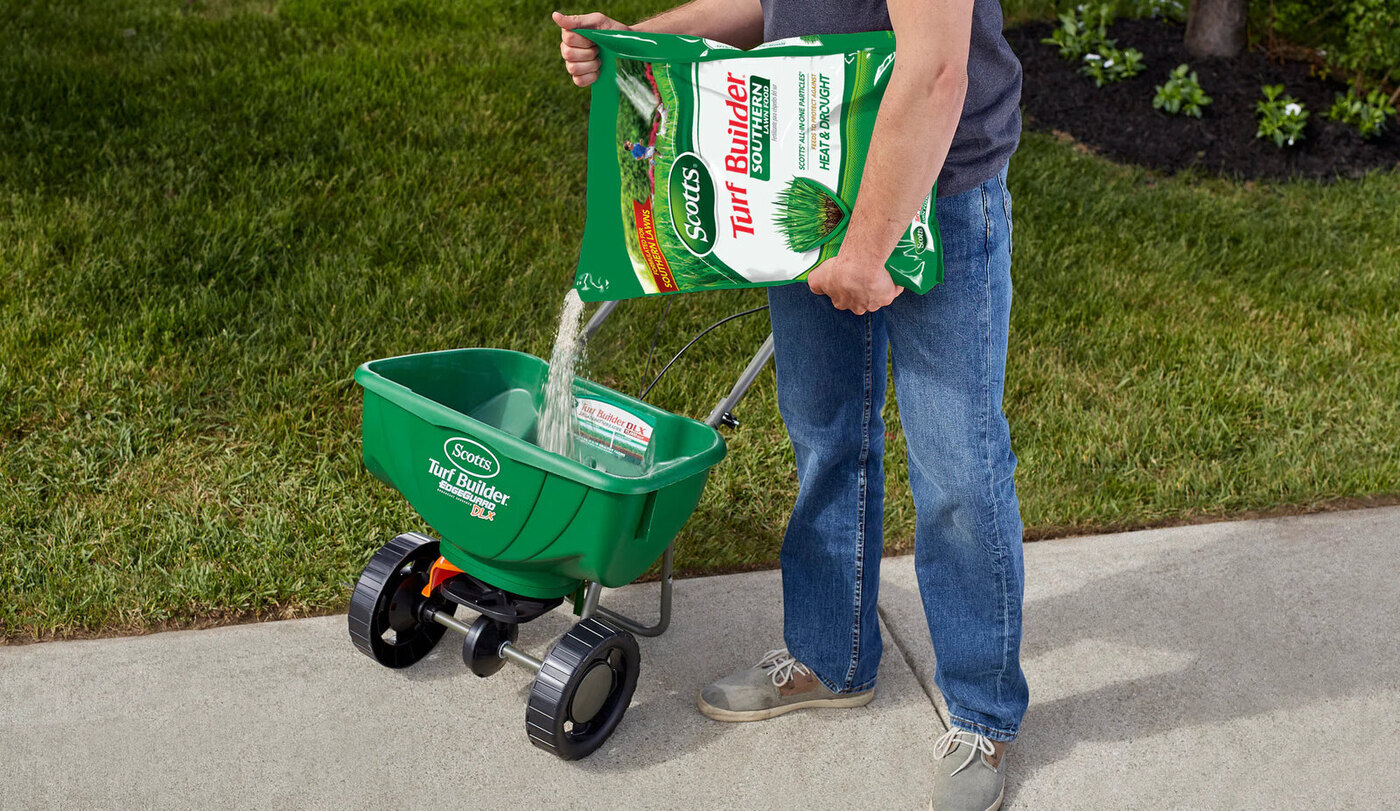
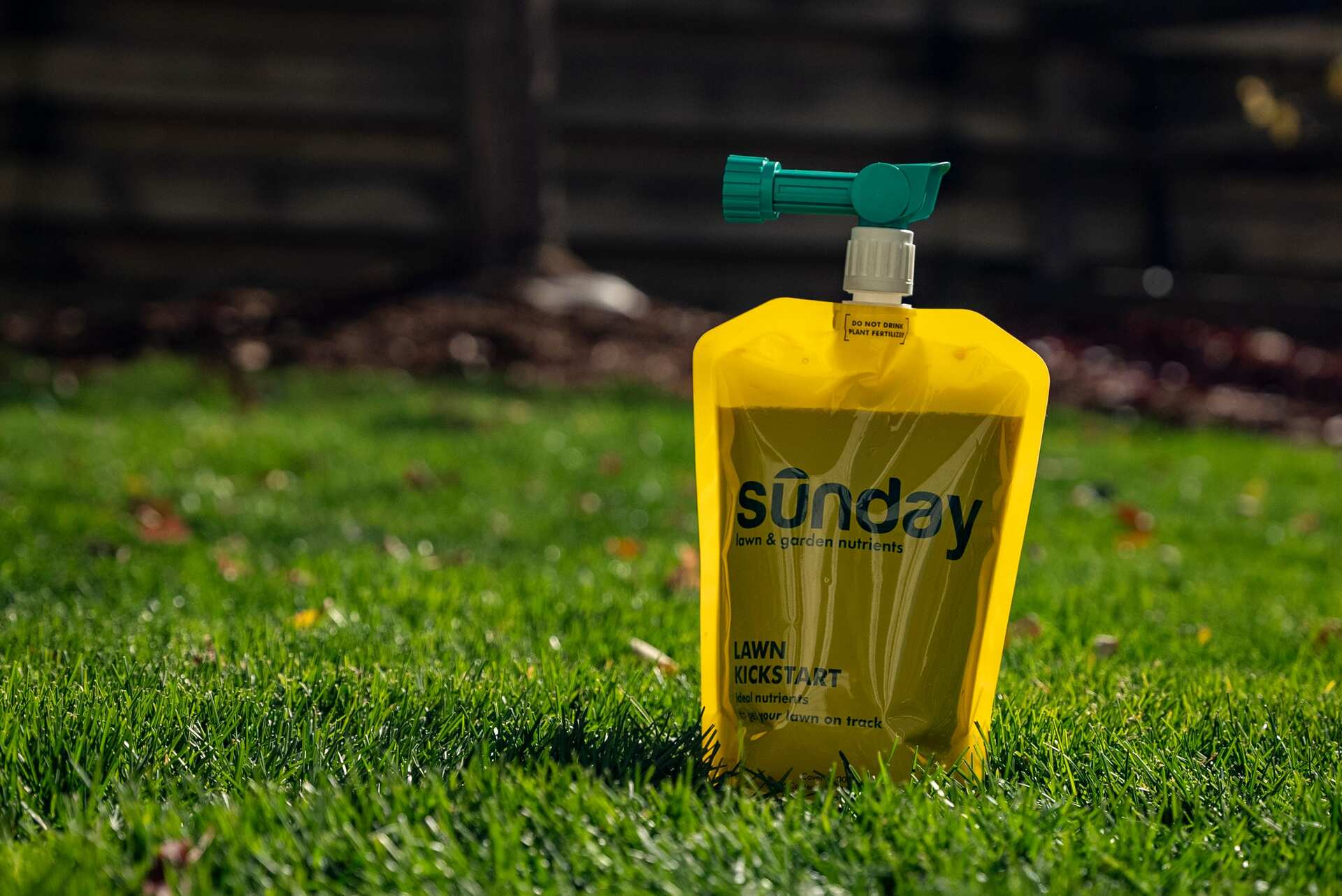
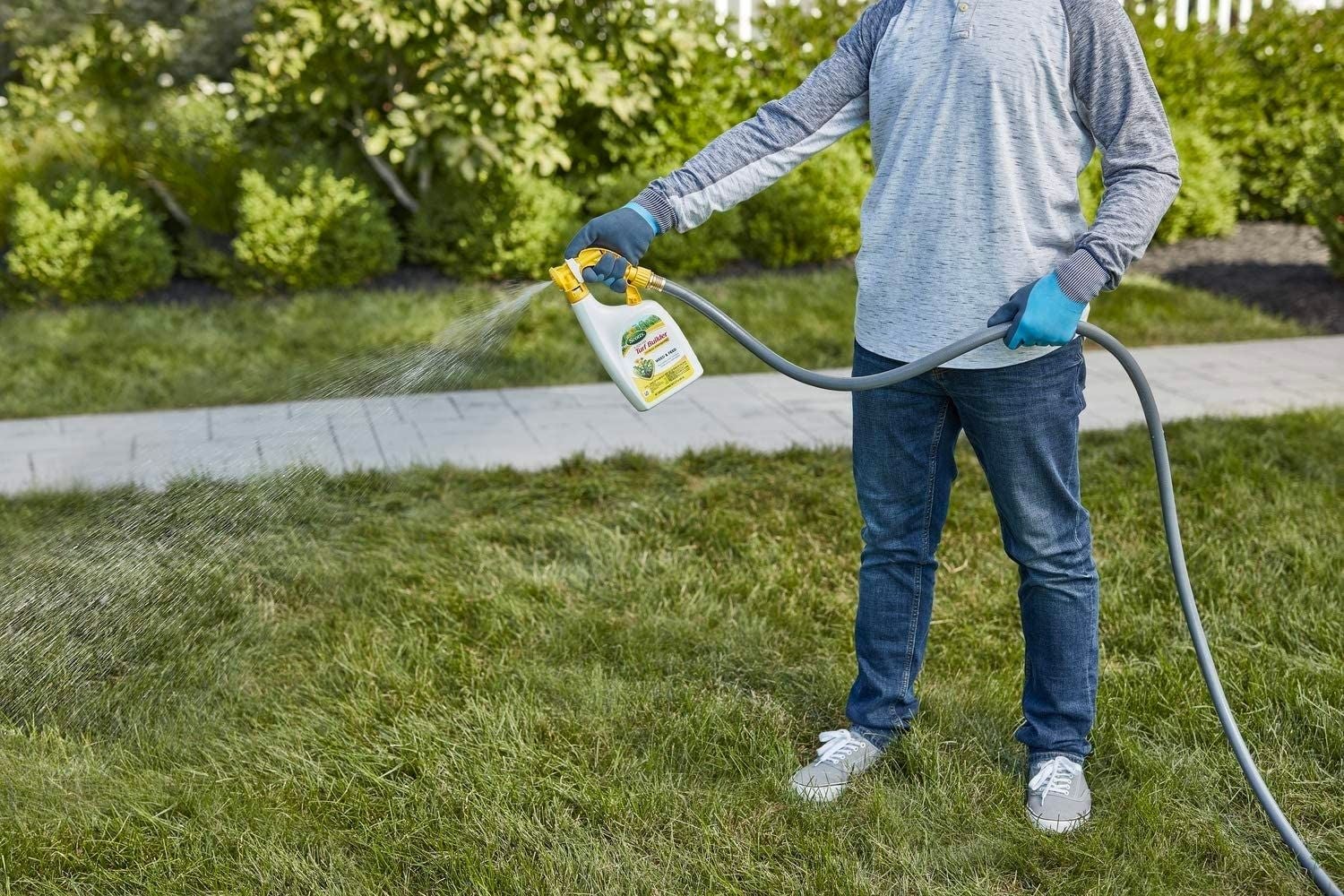
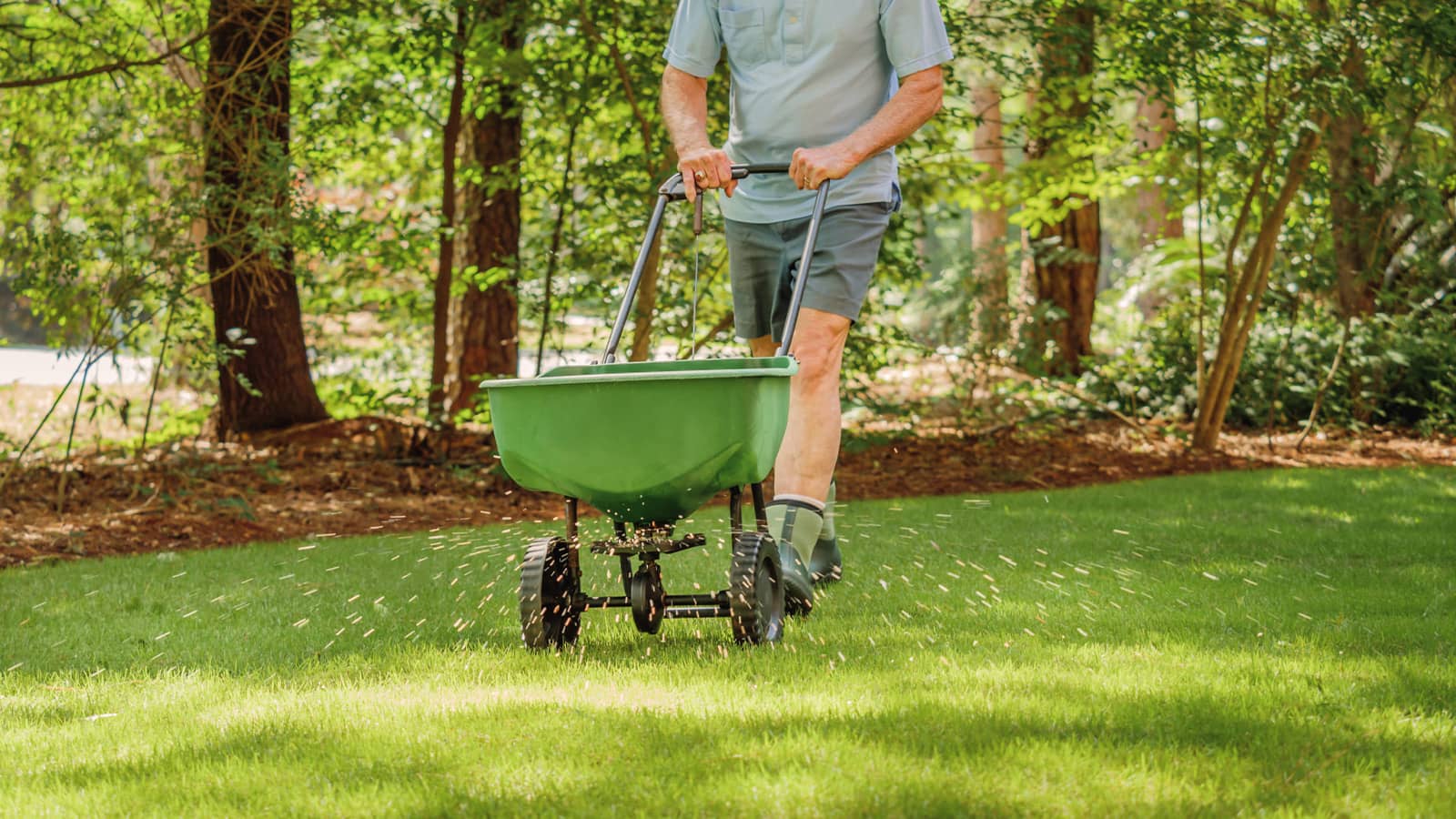
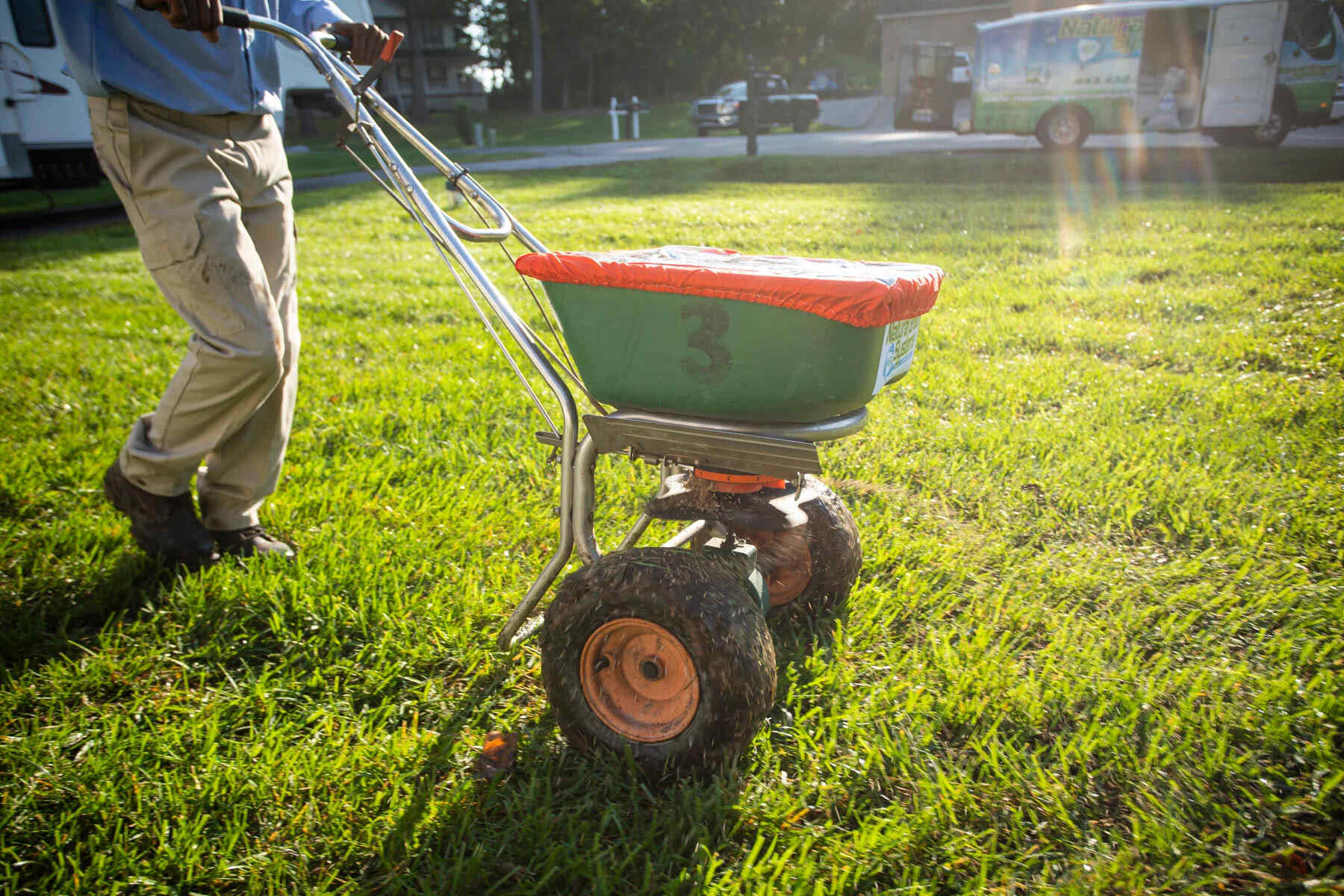
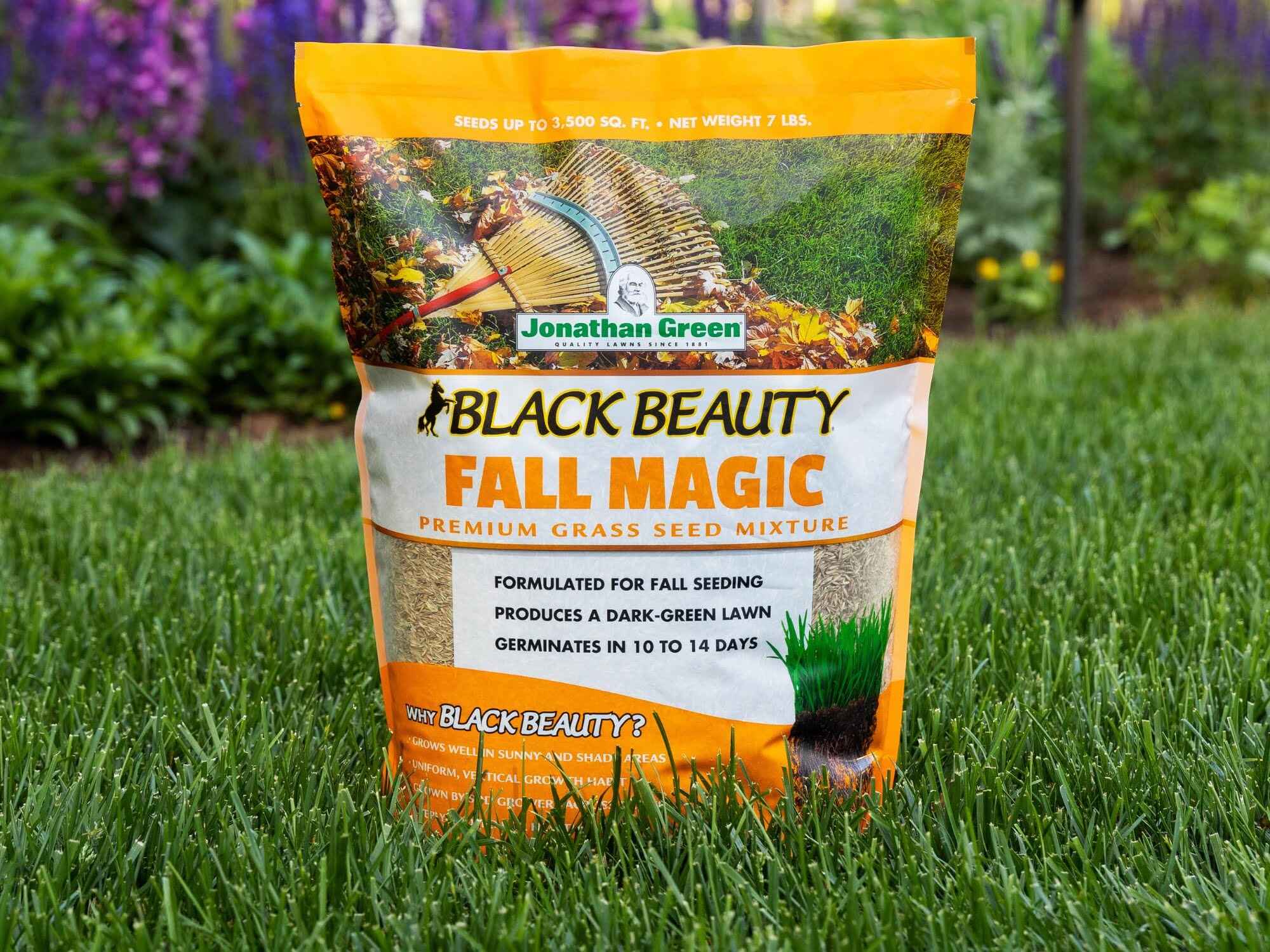
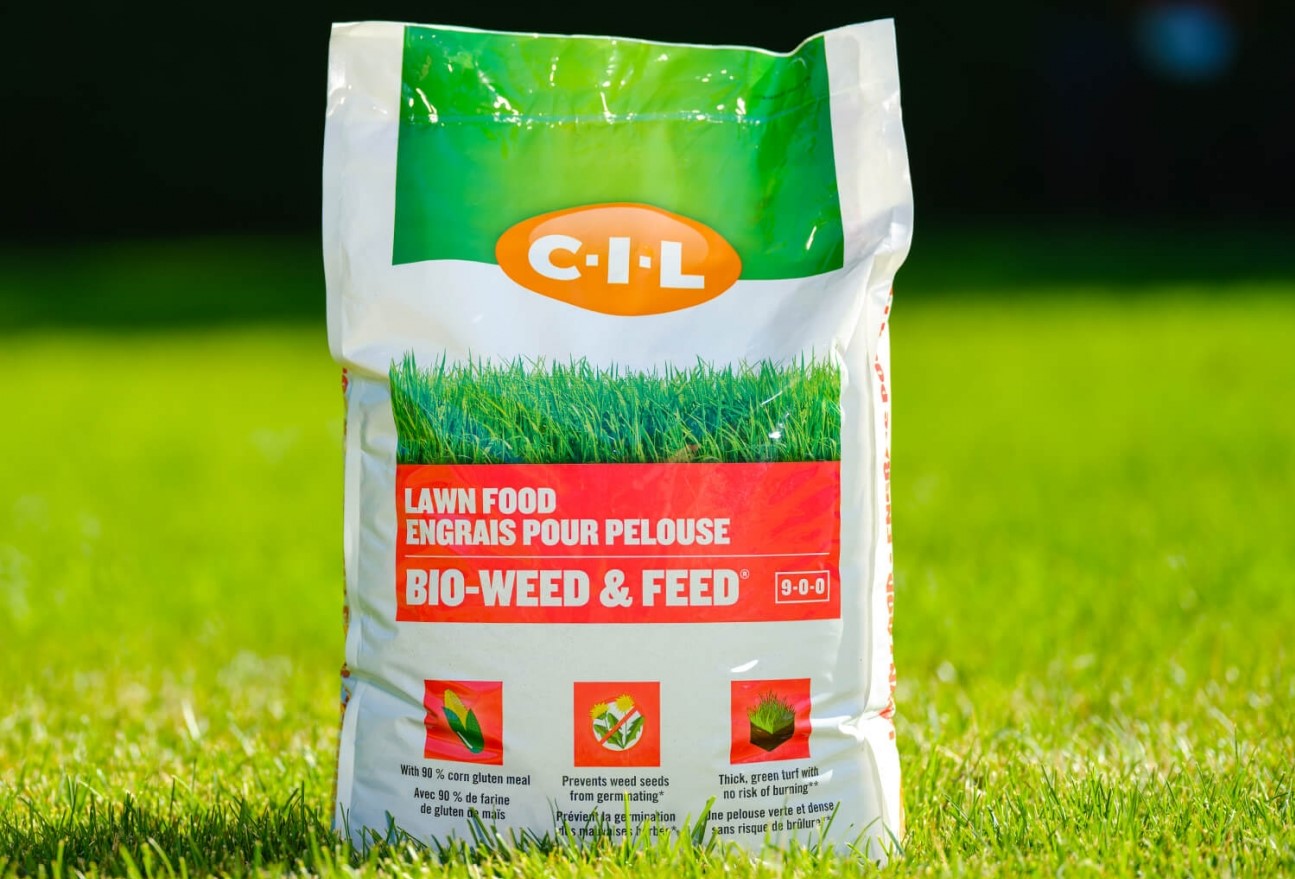
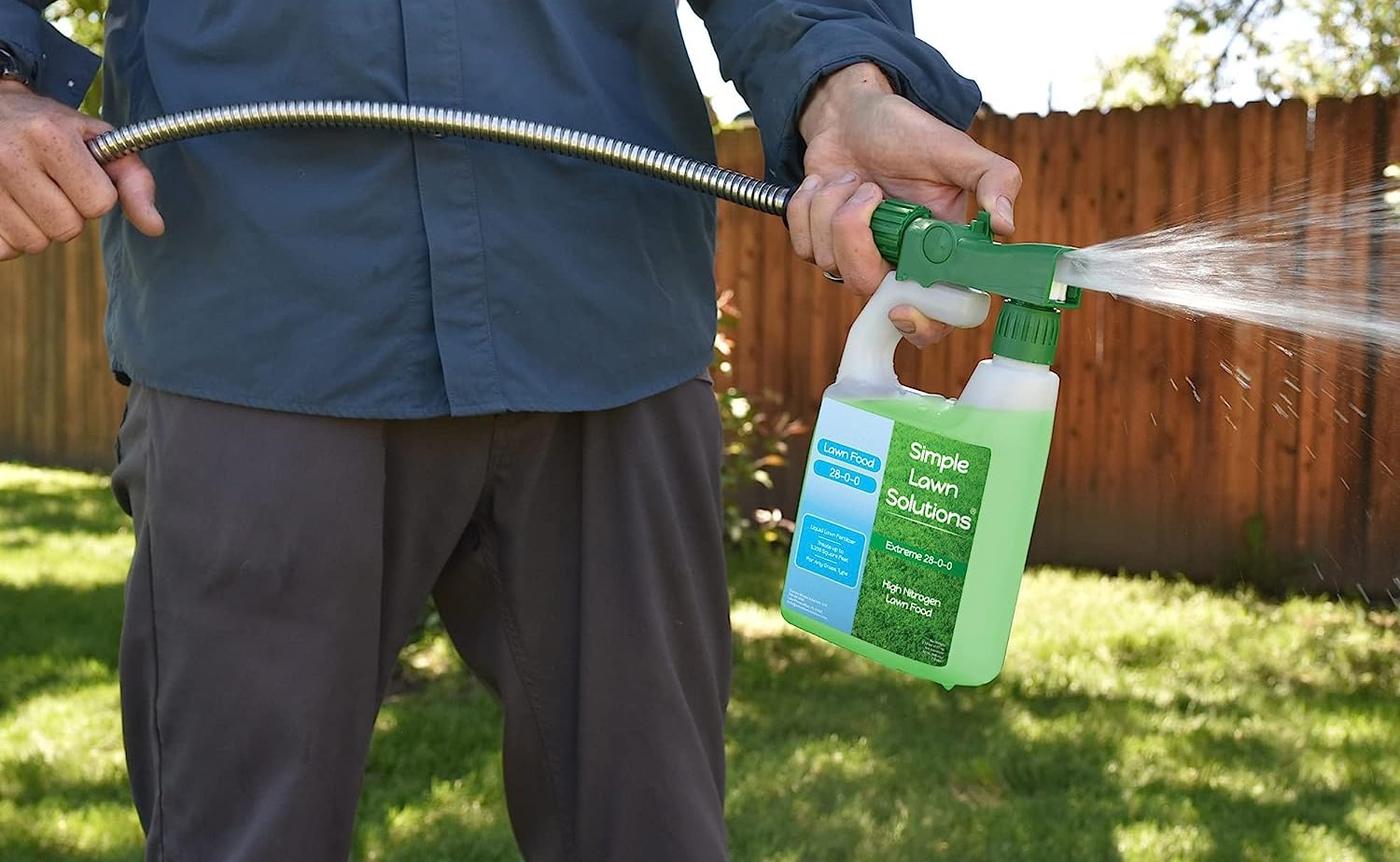
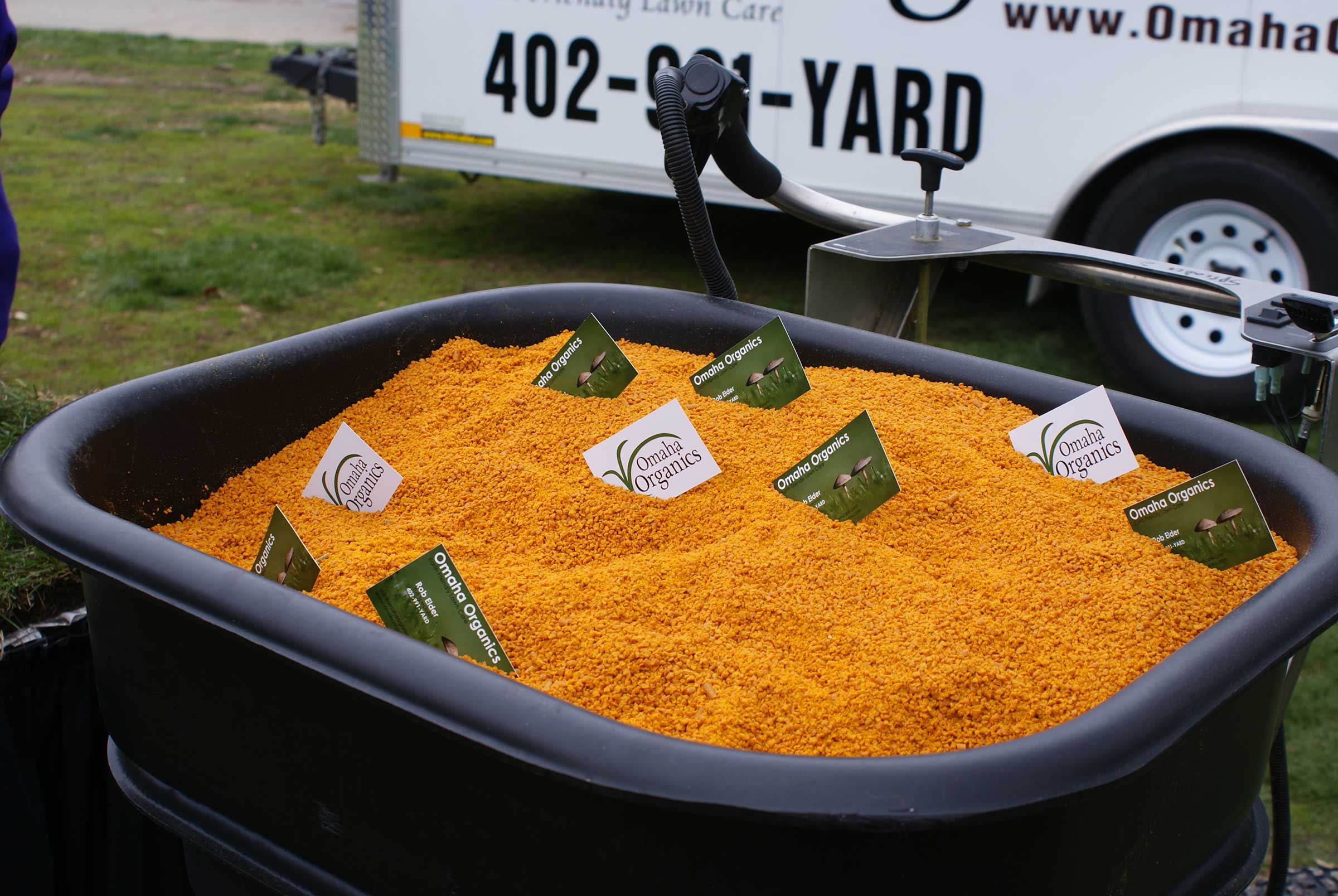

0 thoughts on “What Fertilizer To Use For A Fall Lawn Care”